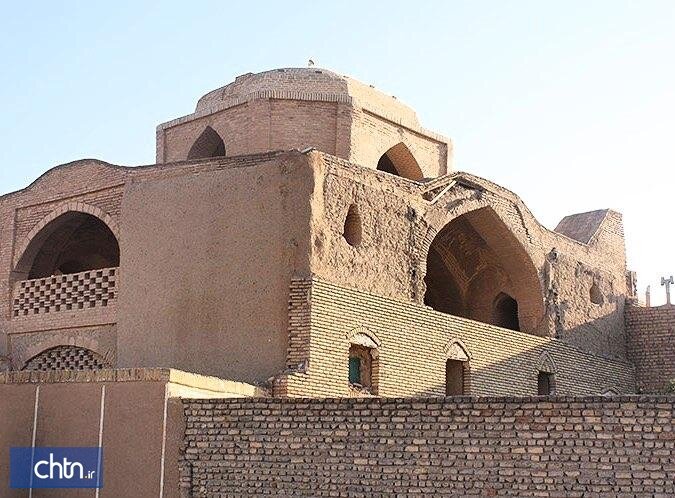Safavid-era mosque in central Iran back to former glory

TEHRAN – The Safavid-era (1501–1736) Khosro Mosque in the ancient oasis town of Ardestan, central Isfahan province will undergo some rehabilitation works, a provincial tourism chief has said.
The three-story mosque, which is considered one of the architectural masterpieces, was built by one of the elites of the time named Khosro in 1723.
The mudbrick structure, which also has a cistern, was inscribed on The National Heritage list in 1985.
Repairing the rooftop and dome, and replacing the worn-out bricks were done in previous years and a new restoration project involves the renovation of the mosque’s façade, CHTN quoted Mehdi Mashhadi as saying on Sunday.
The restoration project aims at reviving, preserving, protecting, and strengthening the historical structure with a budget of 200 million rials (about $5,000), he added.
The Safavid dynasty was one of the most significant ruling dynasties of the country, often considered the beginning of modern Iranian history.
Isfahan has long been nicknamed as Nesf-e-Jahan which is translated into “half the world”; meaning seeing it is relevant to see the whole world. In its heyday, it was also one of the largest cities in the region with a population of nearly one million.
The cool blue tiles of Isfahan's Islamic buildings, and the city’s majestic bridges, contrast perfectly with the encircling hot, dry Iranian countryside. The UNESCO-registered Imam Square, best known as Naghsh-e Jahan Sq. (literary meaning “Image of the World”), was laid out under the reign of the Safavid ruler, Shah Abbas the Great, to signal the importance of Isfahan as the capital of his powerful empire.
Modern Isfahan is now home to some heavy industry, including steel factories and a nuclear facility on its outskirts, however, its inner core wants to be preserved as a priceless gem.
ABU/MG

Leave a Comment